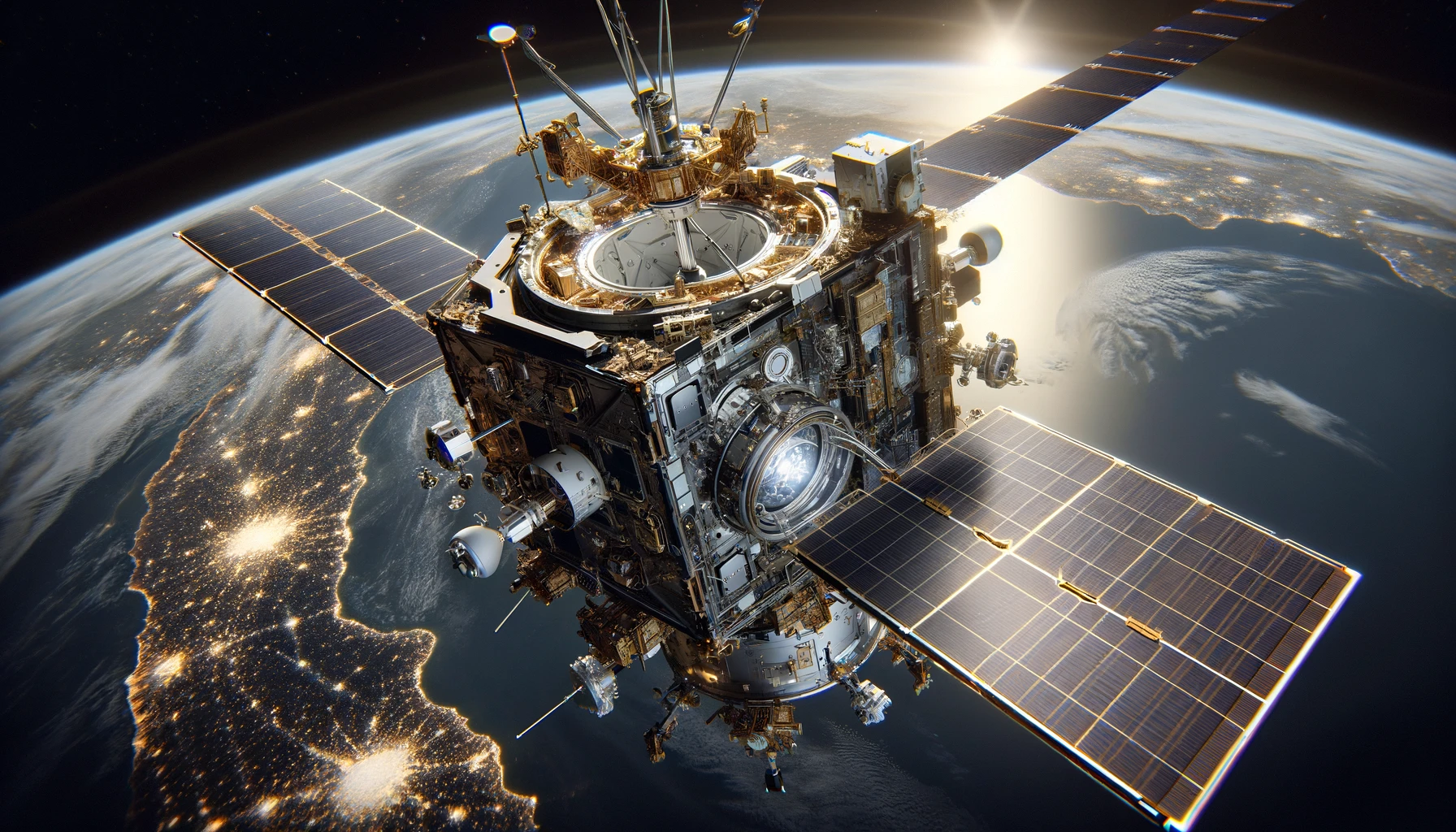NASA has recently marked a significant milestone with the commencement of science-quality data distribution from its latest Earth-observing satellite. This significant advancement promises to enrich our understanding of ocean health, air quality, and climate effects. The satellite’s data is now publicly available, offering unprecedented detail and scope in environmental monitoring.
The complex relationship between the Earth’s oceans, atmosphere, and climate has long captivated scientists and prompted numerous studies and initiatives. Research has consistently emphasized the importance of understanding these intricate interactions to address environmental challenges. Monitoring the health of marine ecosystems, assessing air pollution levels, and studying climate patterns have been focal points of these endeavors. The deployment of sophisticated technology and the gathering of accurate data are crucial for informing environmental policies and protecting biodiversity.
Unveiling Ocean Secrets and Atmospheric Mysteries
The Plankton, Aerosol, Cloud, ocean Ecosystem (PACE) satellite, initiated on February 8, has undergone rigorous in-orbit testing to validate the functionality of its instruments. Through these tests, scientists can now confidently rely on the data PACE provides to study marine microscopic life and atmospheric particles. PACE’s unique ability to identify different phytoplankton communities is a breakthrough in understanding the ocean’s role in the carbon cycle and its overall health. Furthermore, PACE data will illuminate how the ocean and atmosphere interact and react to climatic transformations.
PACE’s Instruments: Peering into Earth’s Complex Systems
The satellite’s Ocean Color Instrument (OCI) performs observations across the ultraviolet, visible, and near-infrared light spectrum, surpassing previous capabilities. With over 200 detectable wavelengths, OCI enables the identification of specific phytoplankton populations essential for ecosystem balance. The deployment of PACE’s two multi-angle polarimeters, HARP2 and SPEXone, enhances the investigation of atmospheric aerosols. By measuring polarized light reflected off clouds and particles, these instruments provide insights into cloud properties, aerosol interaction, and air quality, vital for climate modeling accuracy.
Collaborative Efforts in Earth Science
NASA Goddard Space Flight Center oversees the management, construction, and testing of the PACE mission’s vital components, while international collaborations expand the mission’s capabilities. The University of Maryland, Baltimore County, and a Dutch consortium led by the Netherlands Institute for Space Research significantly contribute to the construction of polarimeters, offering diverse and comprehensive data.
Recent reports from The Planetary Society and EarthSky shed light on the broader scope of satellite research and Earth observation. “New Views on Earth’s Climate Future” from The Planetary Society and “Climate Monitoring from Space” by EarthSky delve into similar initiatives to PACE, underscoring the growing network of satellites dedicated to environmental and climate studies, highlighting cooperative international efforts to refine climate models and enhance predictive capabilities.
Useful information for the reader:
- Scientists and environmental policymakers can access PACE data for advanced research and decision-making.
- PACE can differentiate phytoplankton species, crucial for understanding ocean health and fisheries.
- Updates on air quality and climate effects are now more precise and comprehensive, thanks to PACE’s instruments.
The PACE satellite’s initial data release represents more than a technological achievement; it marks the beginning of an era in which scientists and the public gain a clearer view of our planet‘s health. PACE’s observational prowess empowers us to discern minute details in our oceans and atmosphere, fostering proactive and informed environmental stewardship. As we face the challenges of a changing climate, this window into Earth’s intricate natural systems becomes an indispensable tool for crafting sustainable futures.










